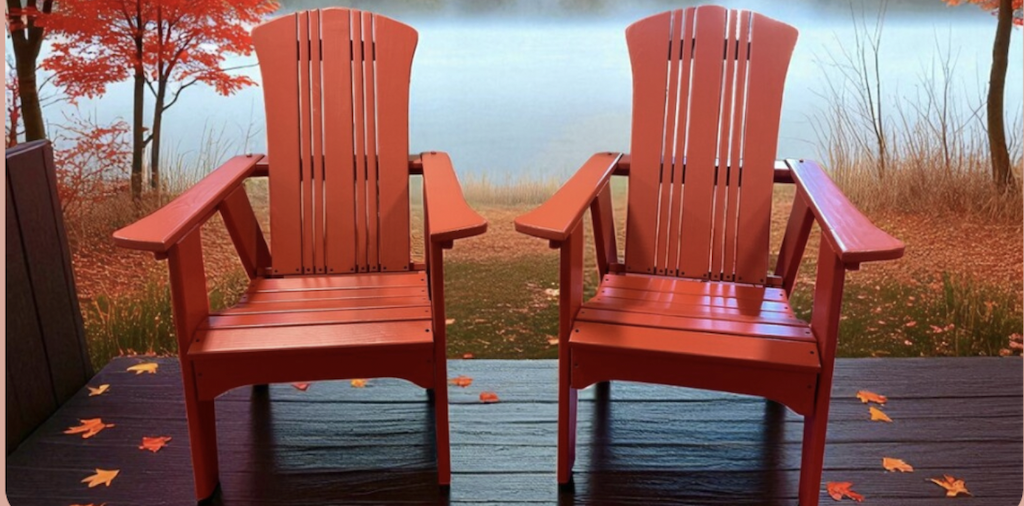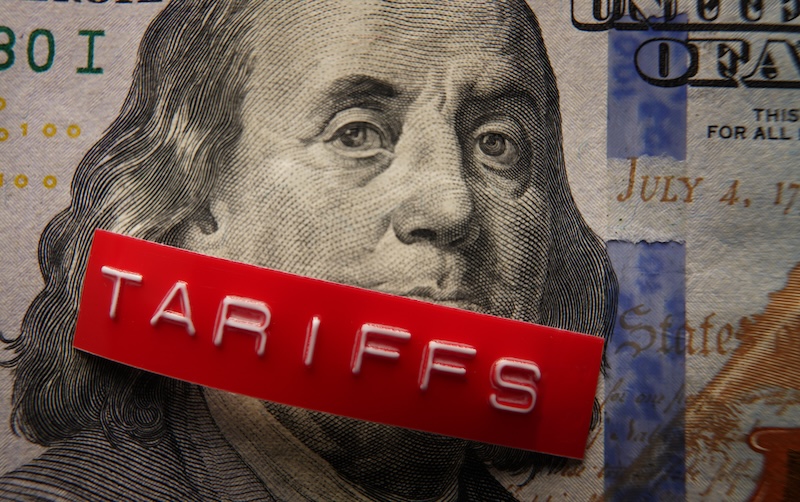The impact of the Trump administration’s tariffs is already being felt by consumers, according to new data from marketing services firm Omnisend.
Omnisend surveyed 1,200 American consumers, who reported they are spending an average of $47 more per person following new tariffs on Chinese goods. That averages to around $12.2 billion each month nationwide. And one in seven respondents said they are spending $100 more per month.
After enacting an initial tariff hike on goods from China to 145% in April, Trump cut those duties to 30% a month later. Last week, the Trump administration announced another 90-day extension of that tariff reprieve as it continues to negotiate with China’s leadership.
According to Omnisend’s report, 66% of consumers say they’ve noticed higher prices since the initial tariff announcement, most commonly at retailers such as Amazon (39%), Temu (30%) and Walmart (27%). That said, shoppers moving away from Chinese marketplaces such as Temu are turning to Amazon (64%) and Walmart (49%) as alternatives, and more than a quarter (27%) say they are shopping local small businesses.
“You won’t see a ‘tariff’ line at checkout — you feel it in the grocery total, the back-to-school cart and the small online orders that now cost a bit more to bring to your door. For most families, it just means less breathing room at the end of the month,” said Marty Bauer, e-commerce expert at Omnisend. “The impact comes in waves as new shipments arrive, which is why many people felt it first on the big marketplaces and will likely feel it later on at local stores. Even things made here, in the U.S., can increase in cost when imported parts or packaging get pricier.”
While some domestic companies have seen a bump in business since the tariff announcement, Omnisend’s report found that less than half of consumers would pay more for made-in-America products, and 32% of consumers refuse to pay a premium for domestic goods. Nearly a quarter of respondents said that they are buying products from Canada and Mexico to avoid tariff costs, and 26% said they will do so if prices keep increasing.
This survey points to a problem of perception that U.S. businesses will face as the tariff situation continues. Recent data from Goldman Sachs revealed that, so far, only around 22% of the cost of tariffs has been passed on to the consumer, with exporters picking up around 14% and U.S. businesses absorbing the remaining 64%. Even without feeling the total burden of the additional duties, consumers are acutely aware of slight price shifts that will almost certainly increase as businesses no longer have the ability to eat tariff costs.
And whether because of perception or actual hits to their wallets, consumers are tightening the purse strings on spending for non-essentials such as furniture. A recent report from Coresight Research revealed that two-thirds of American consumers are cutting back on discretionary spending because of tariff concerns.
“This indicates a preemptive behavioral shift driven by expectations of higher prices rather than actual price changes,” said Aditya Kaushik, analyst for Coresight Research. Kaushik said middle-income consumers seem to be the most concerned about these price shifts.
Unsurprisingly, nearly half of Americans (49%) oppose tariffs, according to Omnisend, while only 28% support and 23% said they don’t have an opinion. And with consumer sentiment dropping for the first time in four months in August, as inflation expectations grew, according to the University of Michigan, that belt-tightening may grow as the actual impact of tariffs hits retail in the coming year.
Bauer said this tariff-induced decline in consumer confidence will likely have far-reaching repercussions that could significantly impact the casual industry.
“Tariffs affect people’s mindset just as much as their bank accounts. The kind of constant back-and-forth we’ve seen with trade policies since the start of the year makes it hard for people to budget day-to-day, let alone plan long term,” he said. “And when basics like food and clothing get more expensive, big-ticket purchases can start to feel risky. In that climate, even someone who can afford a $2,000 patio set may hold off, simply because it feels like the wrong time to buy. That pause in confidence can be just as damaging to the furniture industry as an actual loss of spending power.”








